Cadence – Balanced, rhythmic flow, as of poetry or oratory.
When first thinking of what I was going to write about when I got the blog topic “cadence,” I realized that, though I’ve heard the word many times before, I wasn’t exactly sure how to define the word. As musicians, the first thing that tends to pop into our minds is a IV-V-I progression, or perhaps a marching band cadence. When I hear the word, I can still imagine my high school’s marching band playing a cadence while marching in a parade. A cadence, however, can also be something out of language and poetry. A cadence in language is usually a change of inflection of the voice to show the end of a sentence or stanza in poetry. Whether it is a cadence you see in a piece of music, poetry, or literature, a cadence is always something that is used to create structure, rhythm, balance, and flow.
Since beginning my internship with MTCCA, a cadence has taken on a somewhat new meaning for me. Though it’s still a tool to create structure and flow, we also use it in a much different, more personal way. Every person has their own personal cadence, or a natural pace in which that person moves and interacts with their environment. Even though cadences are constantly changing with a person’s mood or health, they can still be measured and used to provide an extra sense of stability or comfort. Adapting music to match a client’s specific mood and pace can make a world of difference for a client’s attention and sensory regulation. It’s one of the many therapeutic tools I have learned to utilize so far in this internship.
A cadence is something that exists in music, literature, poetry, art, and even ourselves. It can used to create structure, rhythm, and flow in our music and literature, but it can also be used to create stability and flow in someone’s life.
Mark



